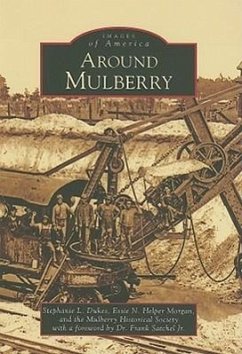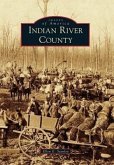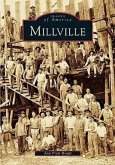In the 1840s, pioneers settled on the picturesque lands surrounding the Alafia River. With glistening waters that gave life to plush foliage and citrus trees gracing its banks, the Alafia stretched westward before flowing into the Gulf of Mexico. Forty years later, phosphate was discovered in the Bone Valley area, and miners began arriving in what is now Mulberry, Florida. The industrial activity of the town encouraged economic growth and soon demanded the need for a railroad to accommodate Mulberry's expanding lumber and mining trade. In 1901, the town was officially incorporated, bringing a respected identity and well-deserved peace to the people of the area. Named for a lone tree that served as a local mail drop, the town of Mulberry was born.








